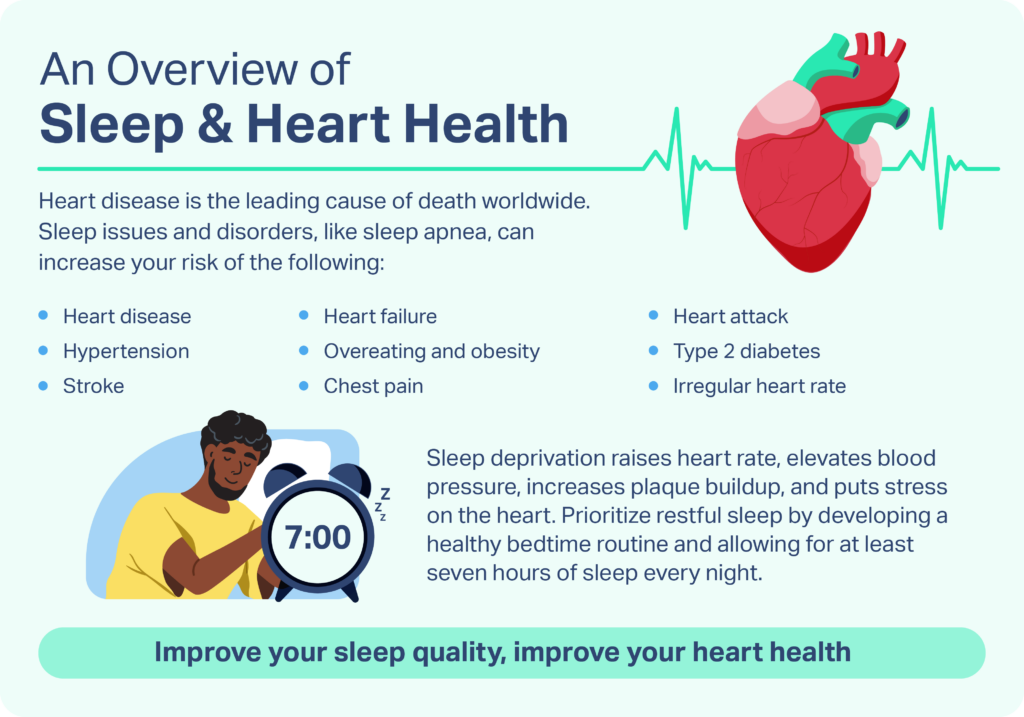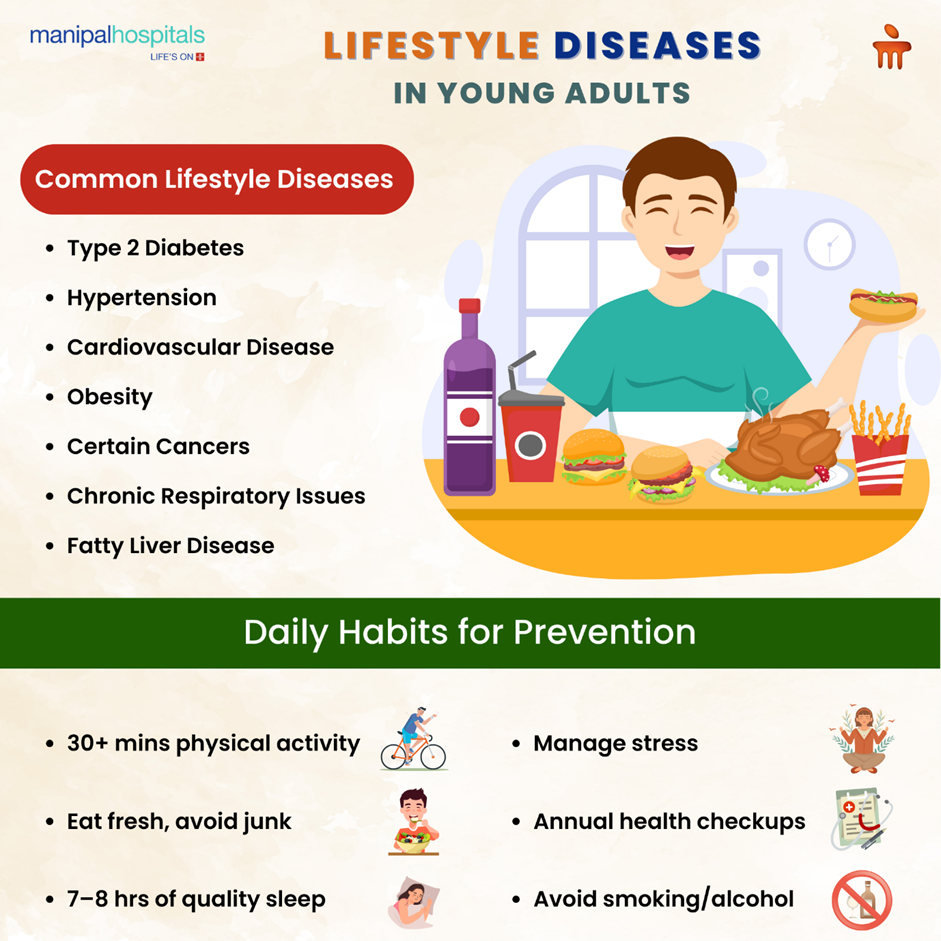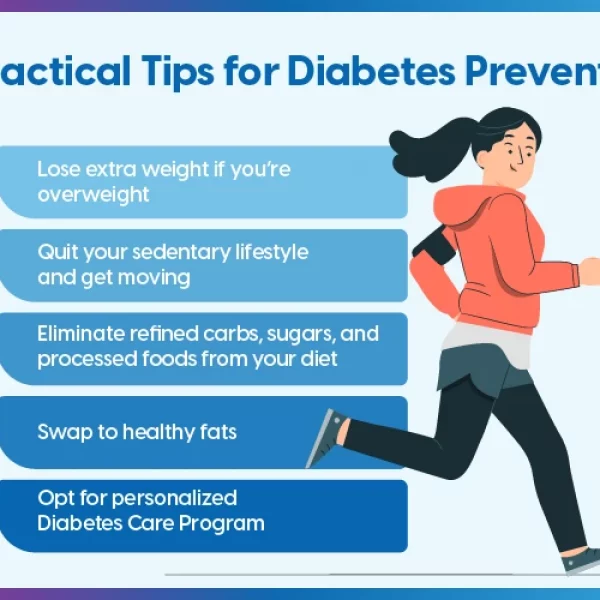Heart disease is increasingly affecting young adults, with alarming statistics showing a significant rise in cases among individuals under 40. Factors such as poor lifestyle choices, stress, and genetic predispositions contribute to this trend. Early detection and preventive measures are crucial in combating this growing health concern.
Introduction
In recent years, heart disease, traditionally associated with older adults, has begun to affect younger populations at an alarming rate. A study published in the Journal of the American College of Cardiology revealed that over 99% of heart conditions present early warning signs before serious events like heart attacks or strokes occur. Recognizing these symptoms early can significantly improve prevention and treatment outcomes.
This article delves into the reasons behind the rising incidence of heart disease among young adults, explores the contributing factors, and provides actionable insights for prevention and management.
Understanding the Rising Trend
Alarming Statistics
Recent data indicates a troubling increase in heart disease among young adults:
- Approximately 20% of heart disease patients are under the age of 40.
- The incidence of cardiovascular disease among adults under 40 has more than doubled since 2010. Epic Research
- In India, over 25% of all heart attack cases now occur in individuals under 40 years old.
These statistics underscore the urgency of addressing heart health in younger populations.
Contributing Factors
1. Unhealthy Lifestyle Choices
Modern lifestyles often include poor dietary habits, lack of physical activity, and increased stress levels, all of which contribute to heart disease risk:
- Poor Diet: High consumption of processed foods, sugary beverages, and excessive salt intake can lead to obesity, high blood pressure, and elevated cholesterol levels.
- Physical Inactivity: Sedentary behaviors, such as prolonged sitting and increased screen time, reduce cardiovascular fitness and contribute to weight gain.
- Stress: Chronic stress can lead to unhealthy coping mechanisms like smoking, overeating, and alcohol consumption, all of which negatively impact heart health.
2. Substance Use
The use of tobacco products, including smoking and vaping, significantly increases the risk of heart disease:
- Smoking: Smoking damages blood vessels, raises blood pressure, and reduces oxygen in the blood, all of which strain the heart.
- Vaping: While often perceived as a safer alternative, vaping has been linked to increased heart rate and blood pressure, potentially leading to heart disease.
3. Medical Conditions
Certain health conditions prevalent in young adults can elevate the risk of heart disease:
- Obesity: Excess body weight increases the risk of high blood pressure, high cholesterol, and diabetes.
- Diabetes: Poorly controlled blood sugar levels can damage blood vessels and the heart over time.
- Hypertension: High blood pressure forces the heart to work harder, leading to heart enlargement and heart failure.
4. Genetic Predisposition
Family history plays a significant role in heart disease risk:
- Genetic Factors: Inherited conditions like familial hypercholesterolemia can lead to early-onset heart disease.
- Family History: Having close relatives with heart disease increases the likelihood of developing similar conditions.
Real-Life Case Studies
Case Study 1: Sarah’s Story
Sarah, a 29-year-old marketing professional, experienced a heart attack despite leading an active lifestyle. Upon investigation, it was discovered that she had a genetic predisposition to high cholesterol levels, which contributed to her condition. This case highlights the importance of understanding family medical history and undergoing regular health screenings.
Case Study 2: Mark’s Transformation
Mark, a 35-year-old software engineer, was diagnosed with type 2 diabetes and high blood pressure. By adopting a healthier diet, engaging in regular physical activity, and adhering to his prescribed medication regimen, Mark successfully managed his conditions and significantly reduced his risk of heart disease. His story underscores the impact of lifestyle modifications in heart disease prevention.
Prevention Strategies
1. Healthy Diet
Adopting a heart-healthy diet is crucial:
- Increase Intake of Fruits and Vegetables: Aim for a variety of colors to ensure a range of nutrients.
- Choose Whole Grains: Opt for whole wheat, oats, and brown rice over refined grains.
- Limit Saturated and Trans Fats: Reduce consumption of red meat, full-fat dairy, and processed foods.
- Reduce Sodium Intake: Avoid excessive salt by cooking at home and limiting processed foods.
2. Regular Physical Activity
Engaging in regular exercise strengthens the heart and improves overall health:
- Aim for at Least 150 Minutes of Moderate Activity per Week: This can include brisk walking, cycling, or swimming.
- Incorporate Strength Training Exercises: Include activities like weightlifting or yoga twice a week.
3. Stress Management
Chronic stress can negatively impact heart health:
- Practice Relaxation Techniques: Engage in activities like meditation, deep breathing, or progressive muscle relaxation.
- Maintain a Work-Life Balance: Set boundaries to prevent burnout and ensure adequate rest.
4. Regular Health Screenings
Early detection of risk factors can prevent heart disease:
- Monitor Blood Pressure: Aim for a reading below 120/80 mmHg.
- Check Cholesterol Levels: Maintain total cholesterol levels below 200 mg/dL.
- Control Blood Sugar Levels: Keep fasting blood glucose levels below 100 mg/dL.
5. Avoid Tobacco and Limit Alcohol
Substance use can exacerbate heart disease risk:
- Quit Smoking: Seek support through counseling or smoking cessation programs.
- Limit Alcohol Consumption: Adhere to recommended guidelines of up to one drink per day for women and two for men.
Frequently Asked Questions (FAQs)
1. Can young adults experience heart attacks?
Yes, heart attacks can occur in young adults, especially those with risk factors like smoking, obesity, or a family history of heart disease.
2. What are the early signs of heart disease in young adults?
Early signs include chest discomfort, shortness of breath, fatigue, and irregular heartbeats.
3. How can I reduce my risk of heart disease?
Maintain a healthy diet, engage in regular physical activity, manage stress, and avoid tobacco use.
4. Is heart disease preventable in young adults?
Many cases of heart disease are preventable through lifestyle modifications and regular health screenings.
5. When should young adults start monitoring their heart health?
It’s advisable to begin monitoring heart health in early adulthood, especially if there are risk factors present.
6. How does stress affect heart health?
Chronic stress can lead to high blood pressure, inflammation, and unhealthy coping mechanisms, all of which increase heart disease risk.
7. Are there genetic factors that contribute to heart disease in young adults?
Yes, family history and genetic conditions can predispose individuals to heart disease at a younger age.
8. Can a sedentary lifestyle lead to heart disease?
Lack of physical activity contributes to obesity, high blood pressure, and high cholesterol, all of which increase heart disease risk.
9. What role does diet play in heart disease prevention?
A diet low in saturated fats, cholesterol, and sodium, and high in fruits, vegetables, and whole grains, supports heart health.
10. How often should young adults have their heart health checked?
Regular check-ups every 1-2 years are recommended, or more frequently if risk factors are present.
Conclusion
The rising incidence of heart disease among young adults is a concerning trend that necessitates immediate attention. By understanding the contributing factors and implementing preventive measures, individuals can significantly reduce their risk and promote long-term heart health.




